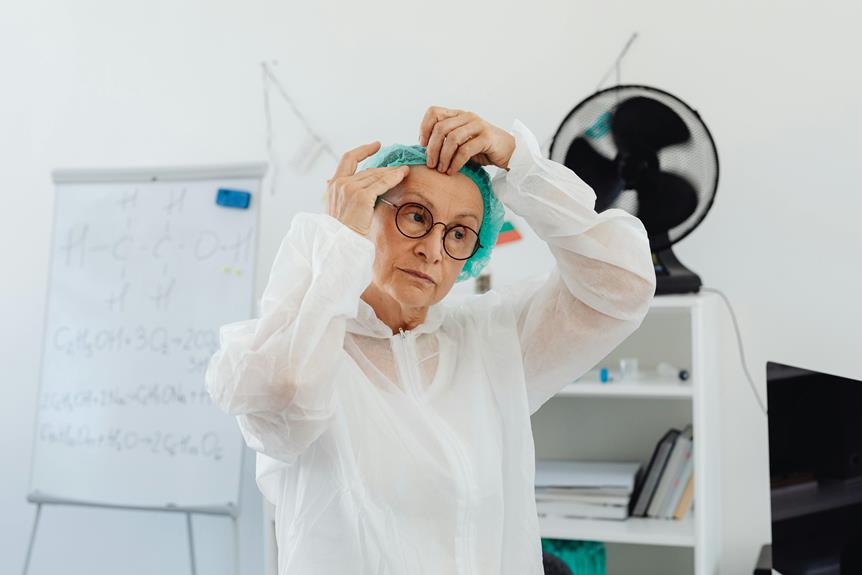
When you step into a lab, safety glasses become your silent guardians, standing between your eyes and potential harm. The importance of these unassuming protectors cannot be overstated. Imagine the scenarios where chemical splashes, airborne debris, or sudden flashes of light could jeopardize your vision – safety glasses are the unsung heroes that shield you from these dangers. But how exactly do they manage to keep your eyes safe? Let's explore the intricate ways safety glasses work to safeguard students in lab settings.
Importance of Safety Glasses
Wearing safety glasses is crucial to protecting your eyes from potential hazards in laboratory settings. When conducting experiments or working with equipment, your eyes are vulnerable to various dangers like chemical splashes, flying debris, or even intense light. Without safety glasses, you risk serious eye injuries that could have lasting consequences. By simply putting on safety glasses, you create a barrier that shields your eyes from harm, ensuring that you can focus on your work without worrying about potential accidents.
In a laboratory environment, safety should always be a top priority. Safety glasses play a key role in preventing eye injuries that could occur unexpectedly. Whether it's a simple high school experiment or a complex research project, wearing safety glasses is a non-negotiable safety measure.
Protection Against Chemicals
To safeguard your eyes from potentially harmful chemical exposures in laboratory environments, the utilization of safety glasses is imperative. Chemicals used in experiments can splash, spill, or release fumes that may cause irritation, burns, or long-term damage to your eyes. Safety glasses act as a barrier between your eyes and these hazardous substances, preventing direct contact and reducing the risk of injuries.
Standard safety glasses are typically made of impact-resistant materials that provide a shield against splashes and spills. Additionally, some safety glasses feature side shields for increased protection from chemical splatters coming from different angles. It's crucial to ensure that the safety glasses you use are specifically designed to resist chemical penetration.
Shielding From Flying Debris
In a laboratory setting, safety glasses serve as a crucial defense against potential eye injuries caused by flying debris. When conducting experiments or working with tools that can generate fragments or particles, the risk of these objects reaching your eyes is significant. Safety glasses act as a barrier, shielding your eyes from harm and reducing the chances of sustaining injuries such as scratches, abrasions, or more severe damage.
The impact of flying debris can be sudden and unexpected. Without the protection of safety glasses, your eyes are vulnerable to being struck by small pieces of materials that can cause painful injuries and impair your vision. By wearing safety glasses consistently in the lab, you create a proactive defense mechanism that minimizes the risks associated with flying debris. This simple precaution can make a significant difference in safeguarding your eyes and ensuring a safe laboratory environment for you and your peers.
Prevention of Eye Injuries
When safeguarding your eyes in a laboratory setting, prioritizing the prevention of eye injuries is imperative. Safety glasses play a crucial role in keeping your eyes safe from potential harm. By wearing safety glasses that meet the required standards, you create a barrier that shields your eyes from chemicals, harmful substances, and other hazards that may cause injuries. Properly fitted safety glasses provide a snug and secure fit, reducing the risk of eye injuries caused by objects or liquids entering your eyes.
Regularly inspecting your safety glasses for any signs of damage, such as scratches or cracks, is essential to ensure their effectiveness in preventing eye injuries. Additionally, following all safety protocols and guidelines in the laboratory environment can significantly reduce the likelihood of accidents that may lead to eye injuries.




